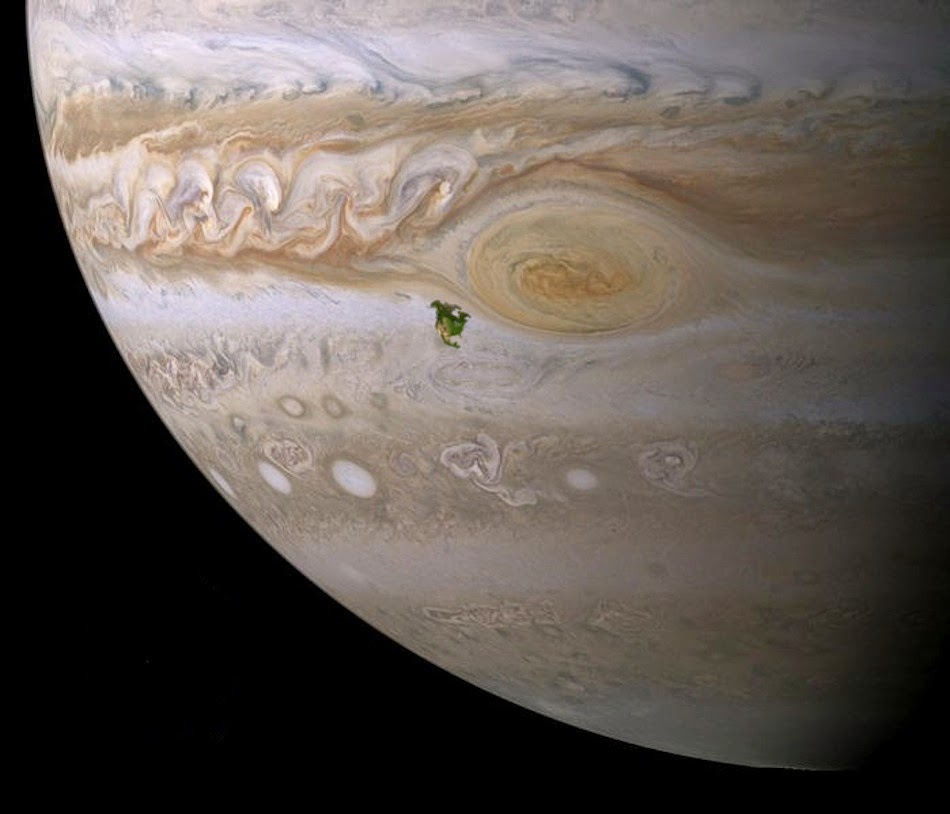Marketing is one of several internal departments for any successful business, yet it's the only department that has any meaningful interaction with us, the customers. The most important advancements in marketing today are not focused on which product is being made, but rather how the product's being purchased.
 |
| Shopping With Real Things Is So 2013 |
Mobile Payments
One trend that people are noticing is the ability to eliminate a wallet and pay for things with your phone. First, a history of what has brought us to this point. For thousands of years our ancestors bartered to pay for goods, and around 3,000 BC bartering was standardized for the first time (in the form of rice). In 1,000 BC China began using bronze coins and finally around the 7th century China adapted the first paper money, to make money lighter. Today coins and paper money are slowly moving out of society in exchange for more convenient, electronic payment methods like credit cards (1949), ACH transfers (1972), PayPal (1998), and more. The million dollar question then becomes: What's next?
 |
| Cyclical, We'll Next Revert Back To Trading Cows |
Location Based Advertising
 |
| These Thingies? Totally Near Field Technology |
Location Based Advertising (LBA), at its core, is as basic as it sounds: Advertise to the customer based on what city they're in. Only recently has this technology become modernized and moved towards a more individualistic experience. By using Bluetooth and Near Field Communication instead of satellite positioning, LBA is able to pinpoint where unique customers are to within 1 meter (satellite is to within 30 meters) based on their phone. Combining this geo-data with complex algorithms is truly the future of marketing. Another cool technology being developed, similar to Near Field Communication, has been proposed by Philips. Philips had the thought to use LED lights instead of the Near Field Communication, in the same way a remote communicates to a TV.
Fun, Relevant Fact (Read: Hands on Learning): If you point your TV remote straight at your smart phone camera and look at your smart phone screen you will see a flashing light from the remote as you press buttons. This light is not on the visible spectrum for humans, however, so look at the same spot on the TV remote without your smart phone and you won't see the light. Go try it, I'll wait here.A scenario of how this technology could be used might go as follows. Bob the consumer drives down the road and passes Walmart, where a notification pops onto his smart phone that Walmart will give him 5% off today only. Bob sees an opportunity, stops what he's doing to grab some things at Walmart, and the first thing he passes is bananas. Bob loves bananas but he has a few specific items he wants today, so he pauses briefly in front of the bananas before moving further into the labyrinth. Walmart knows from Bob's purchase history that he eats bananas, and thanks to LBA Walmart now knows Bob considered buying bananas today due to his 3 second pause in that banana section. Bob finishes his list and as he walks to the front to check out he again passes the bananas. This time his phone buzzes and what do you know, Bob receives a 40% off notification for bananas at Walmart today, and Bob buys bananas. Alternatively, Bob might be browsing the cereal isle when his favorite cereal company (based on purchase history) sends him a buy one get one free offer, too irresistible to pass up.
 |
| Meet Bob, Bob, Bob, & Bob, Potentially. |
Big Data
Let's finish with something controversial, big data. Big data will (and already has) change our interaction with companies nearly as much as any marketing technique in modern history. Consumer information is the most powerful advantage a business possesses, and big data is specific info on billions of existing and potential customers across the globe. As I've alluded to when talking about LBA, the first source of Big Data is purchase history and registrations. We see purchase history used everyday in targeted ads on Facebook, Google, Amazon, and more. I enjoy watches and thus I've bought a few online. Naturally when I visit any website I see "On Sale Today!" ads for not only watches, but specific watch brands I already own that are also within my price range. This is only a start to the possibilities Big Data presents corporations.
Corporations have ceaselessly sustained efforts to collect and sell as much information as possible. Our lives are wired with voice assistance and instant internet capabilities with smart phones and smart TVs (or the Amazon Echo https://www.youtube.com/watch?v=KkOCeAtKHIc). We've essentially entered the Age of the Consumer, ordering any product in seconds from a device in your pocket. If that's not enough for you, Amazon's Prime Air service (expected to start in 2015) will have drones drop off your products at any possible landing spot 30 minutes or less.
 |
| Target Practice With Rewards, For Hunters |
Here's me on January 26th 2014 for an example:
But...
There's still a huge human factor to marketing products and winning a consumers heart that Big Data can't bridge on its own. Take Leo Burnett as an example. While not a household name himself, the brands he created were huge parts in various corporations rise into consumers' homes. Leo created characters like the Jolly Green Giant, Tony The Tiger, Charlie The Tuna, Pillsbury Doughboy, Keebler Elves, Toucan Sam, and more. Steve Jobs is well known to have spearheaded the marketing movement that led to many Apple users having a fierce brand loyalty, so much so that competition is often not even given consideration. Neither of these marketing phenomena were by Big Data. So yes Big Data understands us and helps individually tailor every consumers experience, it will never give us the satisfaction we get during Super Bowl commercial breaks...
 |
| Whassssuuuppp?!?!?! |











